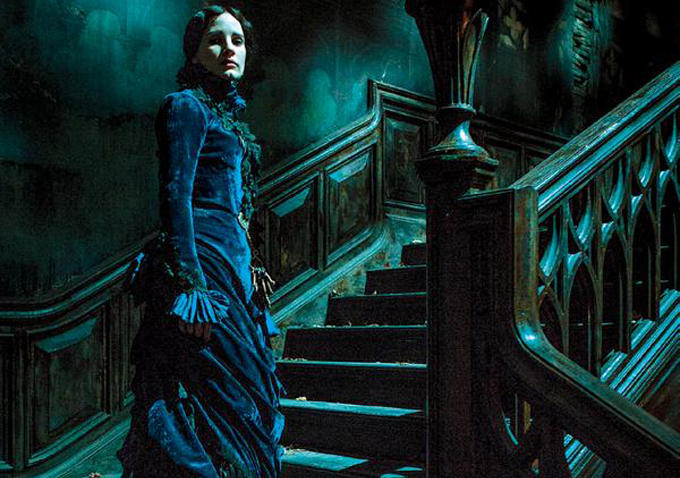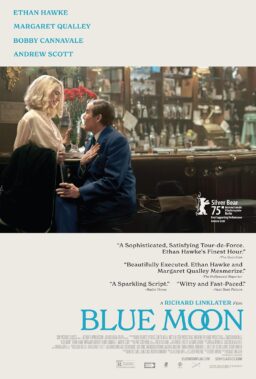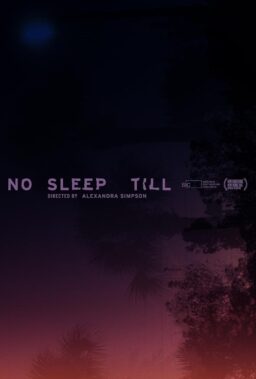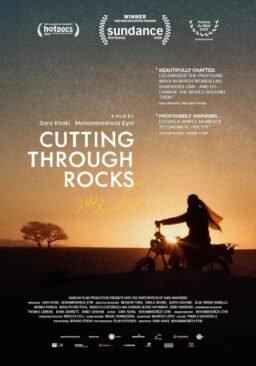“I don’t make eye candy, I make eye protein,” said the
gregarious and brilliant Guillermo del Toro in one of only about two dozen
instantly quotable moments from Wednesday night’s introduction and Q&A
after “Crimson Peak,” the opening night film of the 2016 Ebertfest. Before
that moment, Chaz Ebert set the tone for not just the night but the entire
festival, commenting on a News-Gazette
article that sought to break down ticket sales and finances of the program. “We
are not a sporting event,” Ebert countered, striking a tone both grateful to
the community that has supported Ebertfest and strident in her determination to
continue with what she described as a “cultural and arts event.” What better
film to help strike that tone than Guillermo del Toro’s “Crimson Peak,” a
passionate, vibrant, artistic venture from one of the world’s most essential filmmakers.
Del Toro introduced his film with an energy that helped
define the tone as well, saying that every one of his films are essentially
representations of him—his belief, his interests, his love. And almost as if he
was responding to a few of the negative reviews of the movie, he spoke several
times over the course of the night about how he does “not separate form and
content.” For del Toro, wardrobe, cinematography, design—they are as essential
to how you should read a film as the narrative and dialogue. And seeing “Crimson
Peak” on the massive Virginia Theatre screen, one could see del Toro’s
spiritual approach to cinema in action. He knows full well that his films aren’t for everyone—suggesting that 50% of the audience who hadn’t seen the movie before
tonight would hate it, 10% would go home and then decide they hated it, and 40%
would love it—but he’s not trying to convert you to his cinematic religion, he’s
just presenting a piece of himself to you on film.
Del Toro also commented both in the introduction and Q&A
that his films aren’t really appreciated the first time. Seeing “Crimson Peak”
again, it was easier
to ignore the plot twists and merely allow the emotions of the piece to work
their magic. I think that’s what del Toro is talking about when he speaks of
second viewings. He’s such a primal, passionate filmmaker, that you have to
watch his films in a way that makes it easier to read them when you already
know the story. And with some of the best projection quality in the world, Ebertfest
was the perfect venue for a visually striking film like “Crimson Peak.”
After the film ended, Sheila O’Malley moderated one of the most
memorable Q&As in Ebertfest history. Del Toro spoke at length about the
film’s inspirations, including everything from “Notorious” to “Jane Eyre” to “The
Castle of Otranto.” He spoke of how film is a “symphonic storytelling tool” and
detailed the production in which the house at Allerdale Hall had to be a whole
character. They built a 3.5-story house. If they were shooting in the attic,
they had to go to the attic. And each floor, color choice, costume detail had
purpose that you simply can’t consciously catch on first viewing but plays into
the overall experience. For example, as Mia Wasikowska’s Edith gets weaker, the
house around her literally gets bigger—the couches were made 33% bigger and her
tea cups were gigantic—to enhance her fragility. Del Toro even spoke about the
color choice—what the reds and whites mean, and offered a window into the
detailed way in which he works.
And yet what’s so fascinating about del Toro is that this
craftsmanship doesn’t result in cold filmmaking. His films pulse, driven by his
emotional approach to storytelling. To him, “Crimson Peak,” is both “an
anti-romance romance” and a story that teaches us that love is about
imperfection. He doesn’t consider it a horror film, and calls it “a story with
a ghost in it—not a ghost story.” No wonder it was so hard to sell to an
audience in October.
On that note, del Toro described coming to
Ebertfest as “closure” on a film that he spent nine years of his life working
on and still considers it among his three best (with “Pan’s Labyrinth” and “The
Devil’s Backbone”). He compared the feeling he had on that warm, comforting
stage, surrounded by people who love movies, to coming to Disneyland for the
first time. And now this year’s park is open for business.












